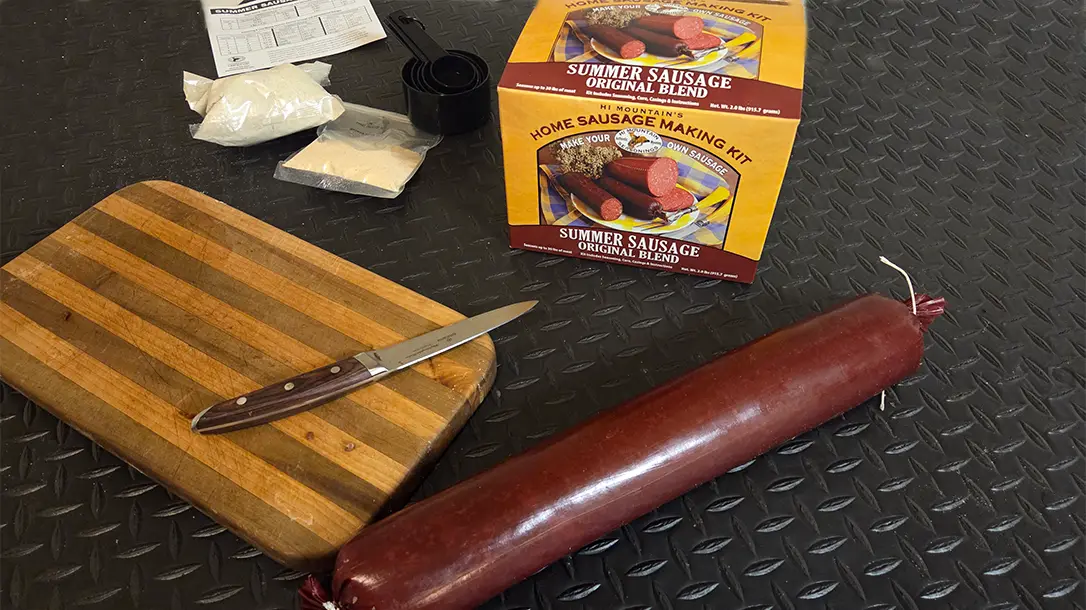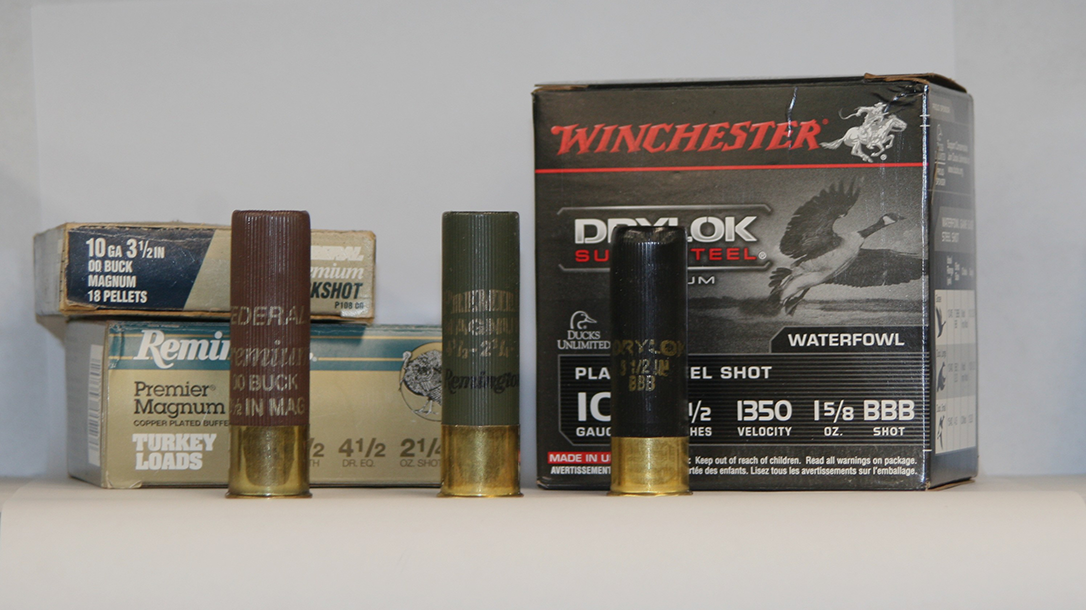GSSF Outdoor Match — Best Way To Work With Your Glock
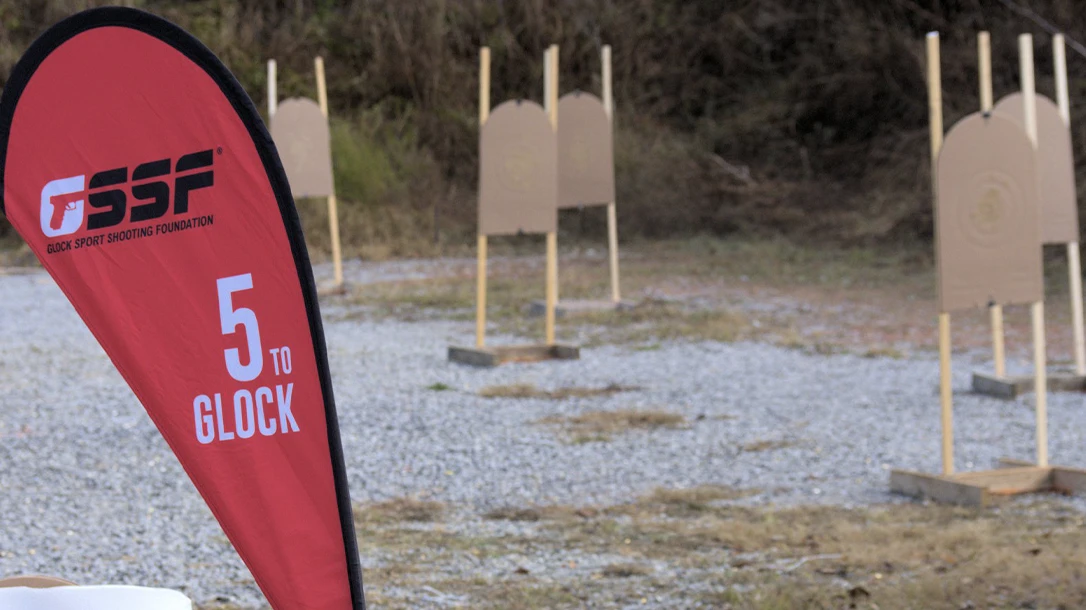
Finding additional ways to practice shooting can take your pistol shooting skills to new heights. Though I enjoy training for defensive scenarios, I also enjoy other avenues to enhance my experiences with firearms. Some would argue that competition-style shooting is different from “real world” applications, but in my opinion all simulations fall short and getting more experience shooting is always a plus.
Many organizations that sponsor shooting competitions exist, from high-level international entities to local clubs. Their events can range from very simplistic accuracy shoot-offs to more involved and timed accuracy events. In addition, matches can include complex stages with courses of fire that require competitors to start from a holster. The more sophisticated shooting events may also incorporate terrain, movement and physical stage props.
Typically, people react the same way once they choose to attend a match. And they’ll usually lament with some variation of, “why did I wait so long to do this?”
Advertisement — Continue Reading Below
Though competition shooting may not be a perfect parallel for a real defensive scenario, it does provide a degree of stress in a controlled environment that ultimately allows the shooter to become more comfortable with his or her gear.
Glock Sports Shooting Foundation (GSSF)
Glock Inc.’s Glock Sports Shooting Foundation or GSSF is one of those organizations that sponsors and holds shooting events.
Advertisement — Continue Reading Below
I am a fan of GSSF matches for several reasons.
- They provide outdoor weekend events as well as indoor leagues throughout the United States.
- GSSF outdoor matches are well-attended, sponsored with cash and gun prizes, and are directly run by Glock itself.
- Outdoor events include three distinct stages, and the nature of the whole match makes it welcoming to even beginner shooters. They don’t have to worry about having to draw their gun or extra specialized competition gear.
- The timed nature of GSSF stages does increase pressure and shooting-difficulty which also makes GSSF events appealing to experienced shooters too.
- There is a genuine openness at GSSF events making everyone feel welcome.
- Besides signing up for GSSF membership which is open to all, the only strict requirement is that each competitor must shoot some type of Glock model. There are divisions that cover all Glock models past and present, no matter how “odd” it may be.
What To Expect At GSSF Outdoor Matches
At my most active, I would often shoot seven or more different Glock models during these outdoor events. In fact, many of the larger GSSF Outdoor matches will have dedicated lanes for those shooting multiple guns.
Advertisement — Continue Reading Below
GSSF Divisions
To shoot a GSSF event you do need a Glock. Again, any Glock will do. There are multiple divisions and categories for participants to shoot including “Full-sized”, “Heavy metal”, “Pocket”, “Civilian”, “Women”, “Active service”, “Unlimited” (heavily modified Glocks), etc. To successfully complete a GSSF Outdoor Match, you’ll need at least 100 per gun you plan to shoot.
Shooting A GSSF Outdoor Match

Though sign-up is allowed at the event, I suggest pre-registering through the GSSF web page beforehand.
Advertisement — Continue Reading Below
GSSF Outdoor events are generally held on Saturdays and Sundays. Speaking from experience, it takes about 3-4 hours to shoot through the different stages. Obviously times can vary between matches depending on how many lanes are being run, the experience of volunteers, and overall match attendance.
Something that’s unique about GSSF matches is that they don’t have a mandatory start time. You can show up to shoot at any time throughout the hours the event is running. Do make sure to give yourself enough time to complete all of your stages of course.
I generally showed up at the start of Saturday. Once signed in, you will want to head to each stage and sign-in at each station. GSSF uses a preference system as shooters indicate they are ready to shoot. Once you have signed in at each station, choose the one you want to shoot at first and let the staff know you are there and ready. They will then mark you as present and shooters (that are present) are brought up to shoot based on the order of their original sign in.
Advertisement — Continue Reading Below
So, the earlier you get signed in at all the stations the quicker it will be for you to get to shoot at each one once you are ready.
Make sure to help paste targets and make yourself available to help the range officers as you wait. Not only is this common pistol-match courtesy, but it speeds up the process for shooters who are waiting their turn. And not to mention, it’s a great way to make new friends too.
Courses of Fire
Though these courses of fire may vary slightly based on range limitations, they’re designed for consistency regardless of outdoor venue.
Advertisement — Continue Reading Below
At each station you will be called up by a range officer and asked to unpack your range bag and place your unloaded Glock and magazine(s) on a table facing the targets.
Once you are told to load and make ready you will hold the muzzle over a designated target spot beyond the firing line. Once you hear the signal from the timer you will conduct the required course of fire under the clock.
Five to Glock
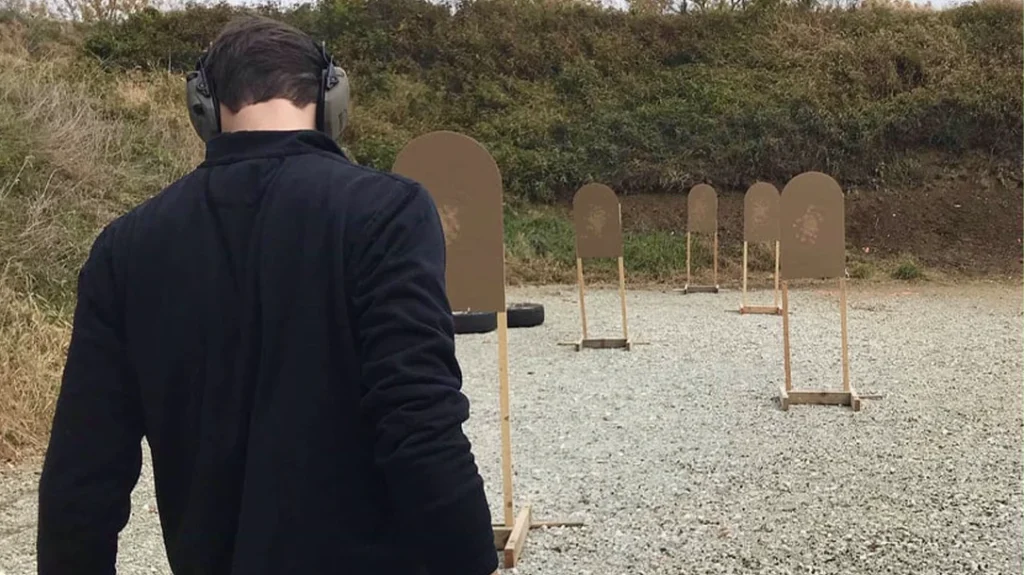
Each string of fire in Five To Glock uses 10 rounds. This stage has five paper targets staggered at various distances (15’ to 75’ depending on the range). On the signal, shooters are to engage each target with 2 rounds each in any order. They then repeat the process for a total of 3 strings. After the three strings, each target should have six bullet holes and scores are based on cumulative times for each string. Shots outside of the bullseye (8-inch circle) result in additional time penalties.
Smaller pocket and major sub-compacts that have less than 10 round capacity the course of fire is 5 rounds resulting in a total of 15 shots (3 each target).
Glock M
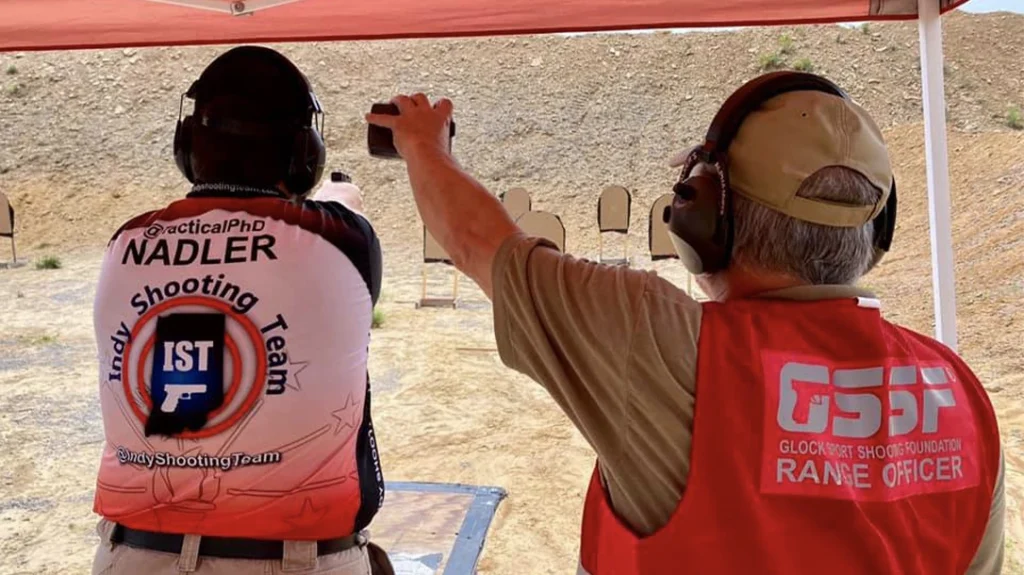
Glock M are placed in a wider M-shaped pattern and are generally closer at 21 to 45 feet. This stage involves engaging each of four paper targets with 2 rounds and ringing steel on one steel target of your choice. Shooters can fire multiple rounds to strike the steel target only. Like Five To Glock, the Glock M stage involves three different strings of fire that result in at least 27 or more rounds fired–24 hits on paper and 3 steel hits. Again, scores are based on time with time penalties added for missed steel or non-bullseye hits. Smaller capacity Glocks will shoot at each paper target once instead of twice (for a total of at least 15 shots).
Glock the Plates

The Glock the Plates stage consists of four strings of fire at a plate rack 21 feet away. Depending on their Glock model, competitors start with 7 or 11 rounds in their pistols. Scoring is simple. You want the fastest time possible, but missed plates (or those left standing) come with stout penalties that will rip your score apart.
Wrapping It Up
Regardless of your training and practice focus, GSSF Outdoor events let you work on key skills like shooting at multiple targets in arrays, operating under pressure and defensive accuracy. It also helps build a supportive environment of gun enthusiasts. Also, it is quite fun.
Add in Glock’s support, prizes for top shooters, random prizes, and it is a win/win for everyone involved.



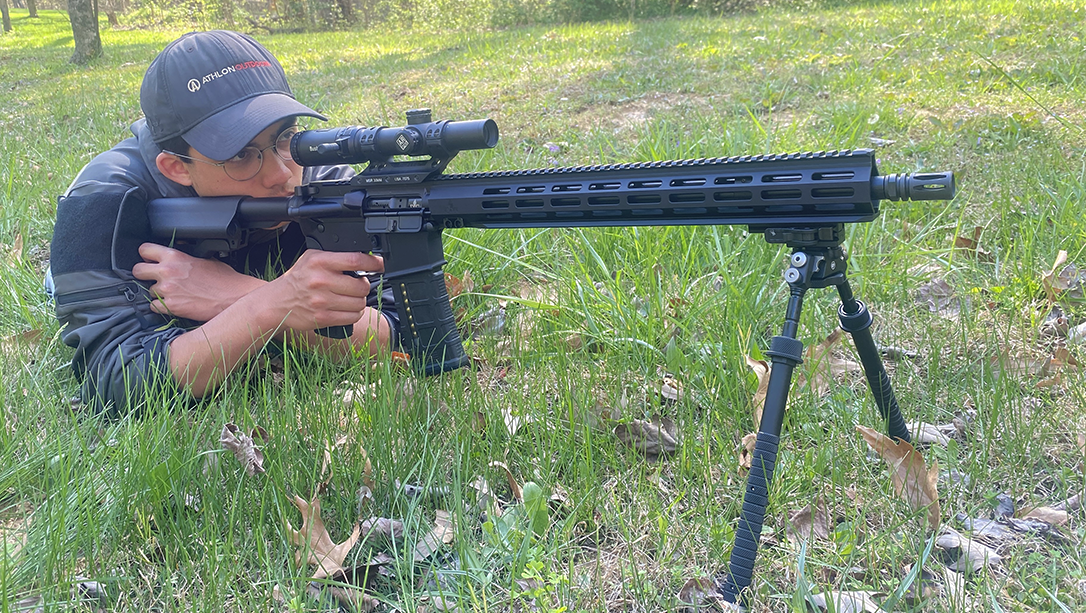
![EOTECH Vudu 3-9×32 [RECOILTV] | RECOIL EOTECH Vudu 3-9×32 [RECOILTV] | RECOIL](https://www.recoilweb.com/wp-content/uploads/2025/09/Iain-EOTech-3-to-9.png)

